Globally Important Agricultural Heritage Systems (GIAHS) related to tea
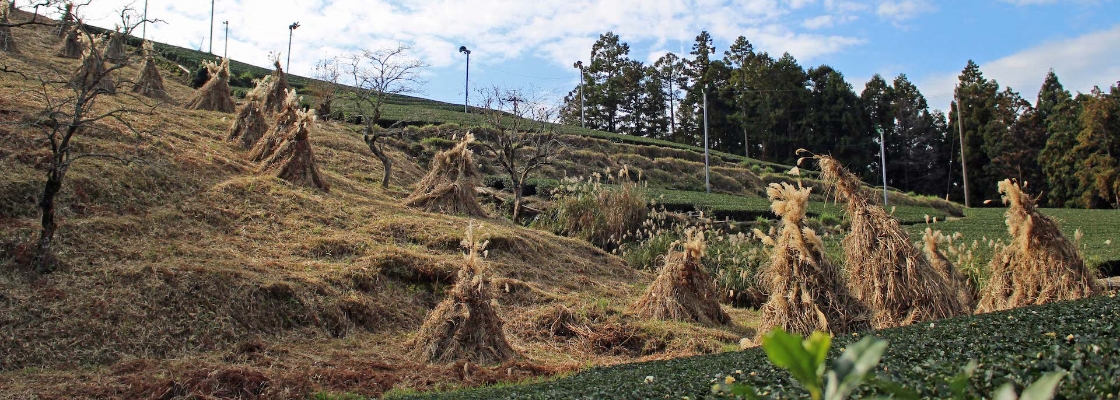
MENU
Name of System: Jasmine and Tea Culture System of Fuzhou City
福州茉莉花与茶文化系统
Area: Fuzhou City, Fujian Province, China
Date of recognition: 29 April 2014

Jasmine tea rooted in Chinese culture
It is said that there are more than 300 kinds of jasmine flowers in the world. One of them is used to make Jasmine tea, by allowing the aroma of the flower to be absorbed by the tea leaves.
According to history books, the cultivation of jasmine began during the Western Han Dynasty more than 2,000 years ago, and in the Tang Dynasty (618-907), Fuzhou became one of the major tea-producing areas. Jasmine tea began to be produced on a large scale from the mid-1800s during the Qing Dynasty.
The flavoring of green tea with jasmine requires a high level of skill. In China, jasmine is not only a flower, but a symbol of eternal love, and is a sacred flower in Buddhism. In addition, this tea has long been recognized as a treatment for poisoning.
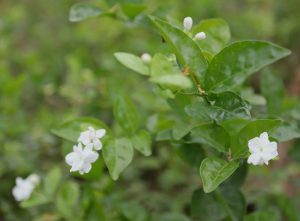
Biodiversity and Environmental Protection Supported by Jasmine Tea
In Fuzhou City, as a result of urbanization and industrialization, the number of jasmine flower growing areas decreased in the late 1990s and early 2000s, and biodiversity came under threat. There are 60 varieties of jasmine flowers in China alone, and Fuzhou City is home to its own variety. Clean water is necessary for the cultivation of jasmine. In Fuzhou, jasmine is grown mainly in wetlands and riversides. The wetlands where jasmine is cultivated are inhabited by a wide variety of organisms, including species unique to Fuzhou, and are natural feeding grounds for animals and migratory birds.
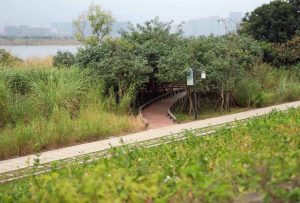
Jasmine grows near rivers and helps to prevent a large amount of rainwater from flowing into the river at once, such as during heavy rains. In addition, the tea plantations are located on the slope of the mountain, and tea trees cultivated there help prevent soil erosion and landslides.
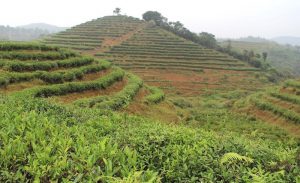
Jasmine tea cultivation supports local people’s livelihoods
Alongside tea, mushrooms, milk, meat, etc., the production of jasmine tea is one of the main industries contributing to the economy of the region.
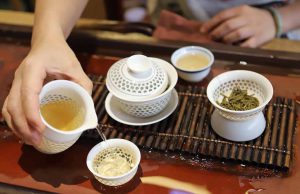
Fuzhou City’s Sanfang Seven Streets, which was selected as one of China’s ten most famous historical and cultural streets, retains the townscape from days gone by. There are fashionable cafés, restaurants, tea houses and souvenir shops. There is a tea shop called Zuimeishichumei, which houses the Fuzhou Jasmine Tea Culture Museum, exhibiting tea utensils used in the production of Jasmine tea in the past.
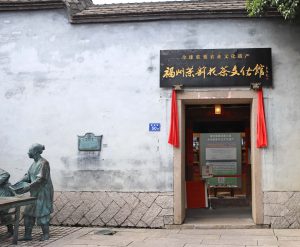
Related article on the site:
Tea related facilities:
福州茉莉花茶文化館
福州市烏龍江湿地公園
春倫茶業生態茶園
Reference:
The Food and Agriculture Organization (FAO), GIAHS Globally Important Agricultural Heritage System
http://www.fao.org/giahs/en/
FAO, GIAHS Globally Important Agricultural Heritage System, Jasmine and Tea Culture System of Fuzhou City
https://www.fao.org/giahs/giahs-around-the-world/china-fuzhou-jasmine-tea/en/
農林水産省HP、世界農業遺産 Globally Important Agricultural Heritage Systems (GHIAS)
https://www.maff.go.jp/j/nousin/kantai/giahs_1_1.html
工藤佳治主編者(2007) 中国茶事典(初版) 勉誠出版
*The information provided on this site may be updated. If you find any information in this article that is incorrect, new, or incomplete, please contact CHAMART.
#GIAHS #jasminetea